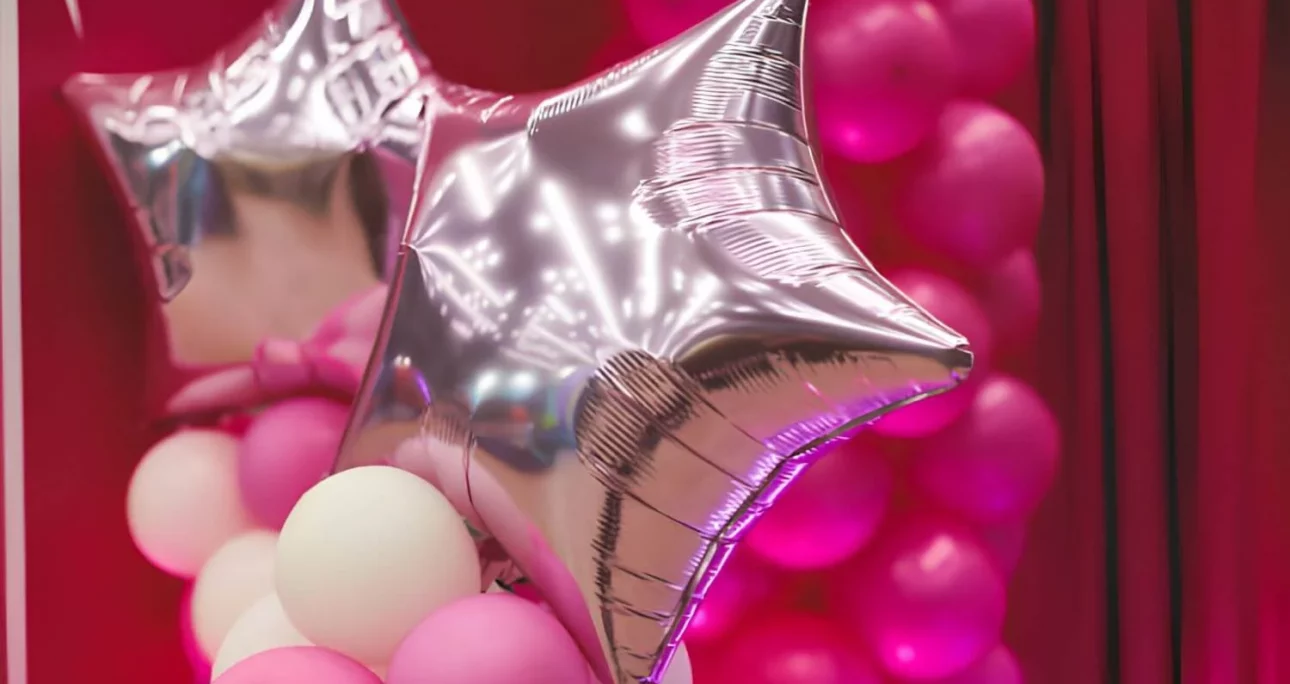Man, what a rabbit hole this turned out to be. It all started because I was blowing up balloons for my niece’s birthday party last weekend, the shiny foil kind. Got me wondering, when did folks switch from that dangerous hydrogen stuff to helium for these things? Seemed like a simple question, but man, history’s messy.

Starting Simple: A Quick Google Guess
So, first thing Monday morning, coffee in hand, I just typed “when was helium first used in balloons” into the search bar. Figured it’d spit out an easy date. Wrong! Got flooded with science sites talking about the discovery of helium back in 1868 during a solar eclipse. Cool, but not what I needed. The actual use was way later. My quick guess was way off.
Digging Deeper: Newspapers and Advertisements
Okay, needed older sources. Poked around online newspaper archives next. Filtered my search to early 1900s. Bingo! Stumbled onto articles from the early 1920s talking about “a new, non-explosive gas” for dirigibles and balloons. One ad from 1922 stood out: a big department store promoting “safe children’s balloons” filled with helium! That sounded like a key moment.
Early Evidence Points:
- Found mentions of U.S. Navy testing helium in small airships (blimps) around World War I (post-1917).
- Seen ads specifically for helium-filled party balloons popping up in U.S. newspapers from 1922 onwards.
- Noticed the wording changed from “novelty” or “safe gas” to explicitly saying “helium” by the mid-1920s.
The Hydrogen Problem and Helium’s Rise
The pieces started clicking. Before helium, balloons used hydrogen because it was cheap and easy to make. But, obviously, hydrogen burns like crazy. Remember the Hindenburg? Yeah. Using it for party balloons near kids and candles was basically a hazard.
Helium was discovered way earlier, but it was super rare and expensive. Most of the world’s supply back then came from natural gas fields in Texas, USA, and the U.S. government tightly controlled it, especially during WWI for those military airships. So, helium wasn’t really available for party balloons until after the war when production eased up a bit.

The Party Balloon Turning Point
Putting it together: The key period looks like the early 1920s. Around 1922-1923 seems to be when commercial helium supplies became somewhat available for non-military uses. That’s when department stores and novelty companies jumped on it. They capitalized on the safety angle – “safe for parties” – a huge selling point after folks saw what hydrogen could do. Within a few years, helium became the standard for regular party balloons, especially the rubber ones.
Fun side note: Those foil balloons we know today? Came much later, around the late 1950s/early 1960s, a solution folks invented when there was a latex rubber shortage! But they still used helium inside.
So, When Was Helium First Used?
Based on the newspaper ads and historical snippets I stitched together, helium was first used commercially for party balloons around 1922-1923. It wasn’t instant, but that’s when it entered the party scene. Took off quickly after that because, well, nobody wants exploding birthday decorations. Who knew filling balloons could have such a backstory?
